How to turn off hibernation in Windows 10
 Unlike a regular PC, a laptop runs on batteries. Its autonomy depends on the correct management of the available charge. Microsoft in their OS uses several typical sleep modes that differ in their approach to power consumption. Today you will learn how to turn off hibernation in Windows 10.
Unlike a regular PC, a laptop runs on batteries. Its autonomy depends on the correct management of the available charge. Microsoft in their OS uses several typical sleep modes that differ in their approach to power consumption. Today you will learn how to turn off hibernation in Windows 10.
Sleep and hibernation: theory
A computer running Windows 10 can use three main energy saving scenarios:
- sleep mode . When sleep mode is activated, only the RAM and processor are powered. The data that the user worked with is stored in RAM;
- hibernation. To conserve battery power, the power is turned off completely. Data from the programs opened at the time of its activation is cached on the HDD in a separate file. At the moment the PC wakes up, you can see a notification on the screen: "Resume for hibernation" , indicating that the file cache has been transferred back to RAM;
- hybrid mode. Combines both technologies. Power is supplied as in sleep mode. Caching is performed in the background in case of an outage in the external power supply.
Now, knowing what hibernation is, let's move on to the settings and figure out how to turn it off.
Supported Modes
To find out if hibernation is enabled on the computer, we will use the shutdown menu. It is located in the "start", is activated by pressing a stylized button and allows you to display the available shutdown modes.
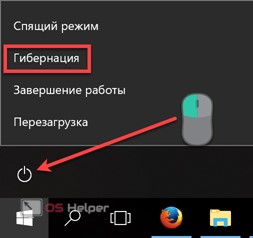
As you can see in the screenshot above, this function is present. If desired, you can send the PC to a "deep sleep" right from here.
An advanced way to check available modes requires using the command line.
- Call the context menu by pressing [knopka]Win[/knopka]+[knopka]X[/knopka] and run PowerShell as administrator.
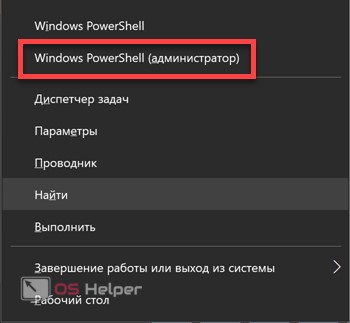
- Enter the powercfg -a command .
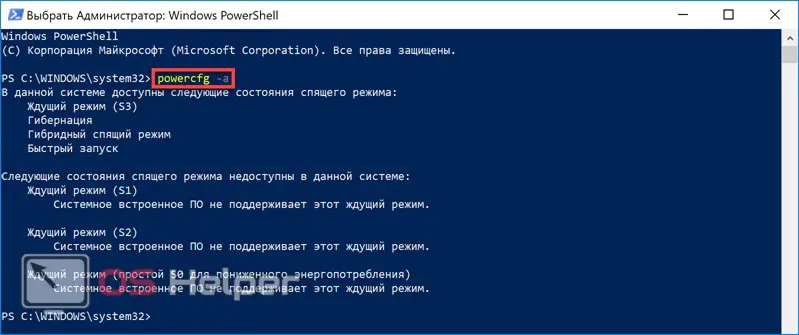
As a result of its execution, we get a list of modes supported in the current hardware configuration.
hiberfil
As we already know, when going into the "deep sleep" state, the entire contents of RAM is written to the hard disk. The hibernation file intended for this purpose is created at the moment the mode is activated and is permanently present in the system. Its size is from 30 to 75% of the total amount of RAM installed on the computer. Relating to important system files, it has the "hidden" attribute. To see it, let's do the following:
- Launch "Explorer" , switch to the "View" tab and check the box "Hidden items" . Finally, open the Options menu .
Also Read: How to Open Device Manager in Windows 10

- In the window that opens, switch back to the "View" tab , scroll through the list to find the checked item, and uncheck it.
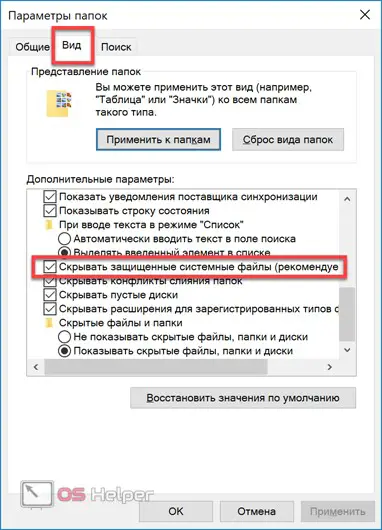
- Careless actions in this mode can damage the system configuration. Windows will display an appropriate warning. We agree to the risks and confirm the operation.

- The system will take us back to the options window. We fix our actions by pressing two buttons.
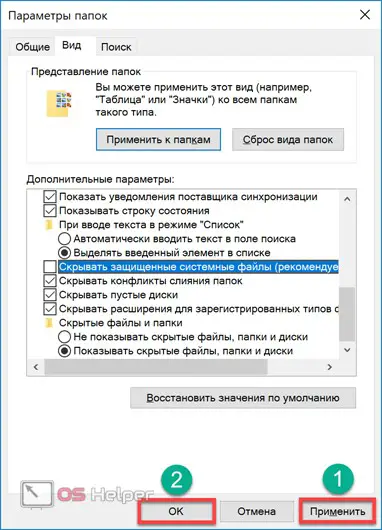
After all the manipulations, by opening the system disk in Explorer, we can see the file we are looking for and its sizes. During hibernation, any running application is cached into it to save state.
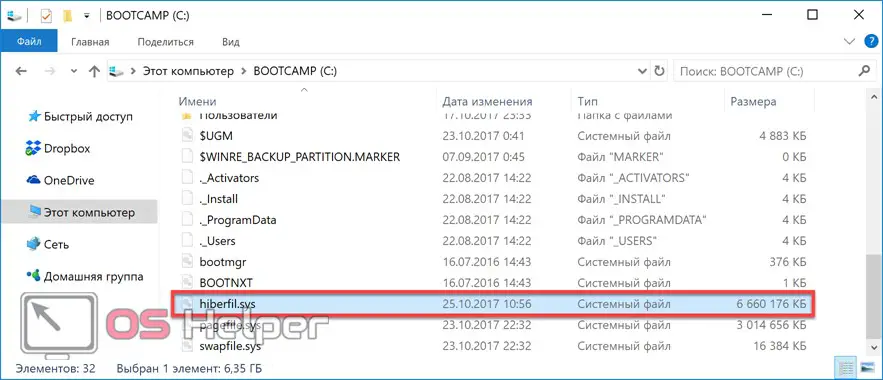
Below the marked hiberfil are two more system files: pagefile.sys and swapfile.sys. Both are responsible for working with the computer's virtual memory. The first is present in all versions of Windows NT, the second appeared along with the arrival of the "tiled" Metro interface in the OS.
Methods for disabling hibernation
After all the preparations, we will figure out how to disable hibernation in Windows 10. There are several ways to stop using this mode.
Power settings
To begin with, as the simplest, consider the disable option in the graphical user interface.
- We call the OS parameters using the keyboard combination [knopka]Win[/knopka] + [knopka]I[/knopka]”, and select the item marked in the screenshot.

- We carry out the shown sequence of actions and go to the classic control menu.
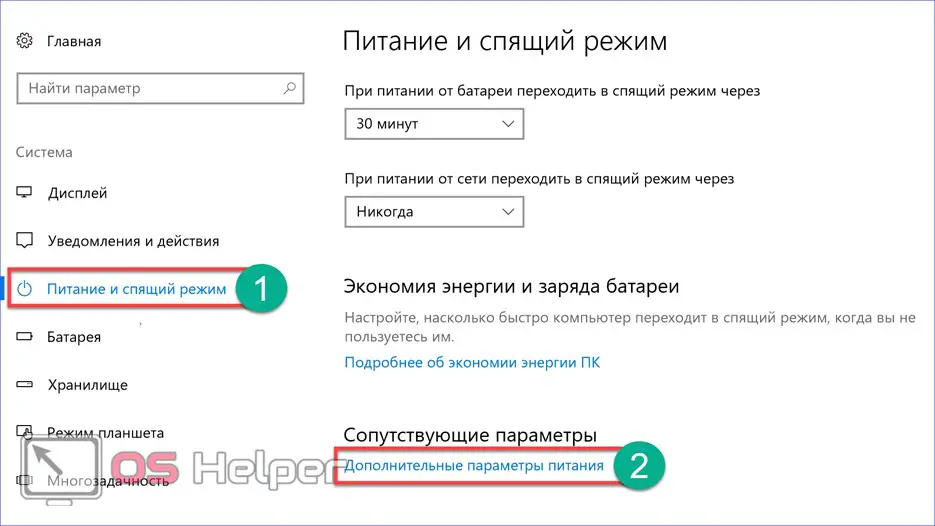
- In the quick transition menu, select the item marked in the screenshot.
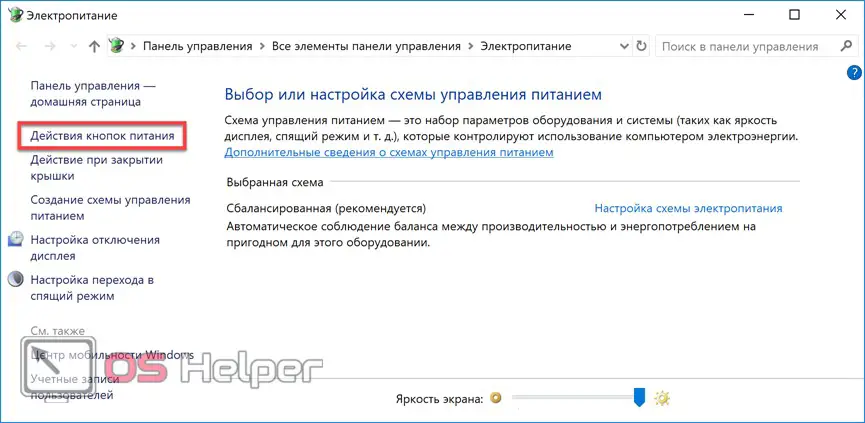
- As a result, we get to the computer's power control panel. The screenshot shows that the controls that allow you to remove sleep and hibernation are inactive. To activate them, we allow changing the parameters by turning on the checked item.
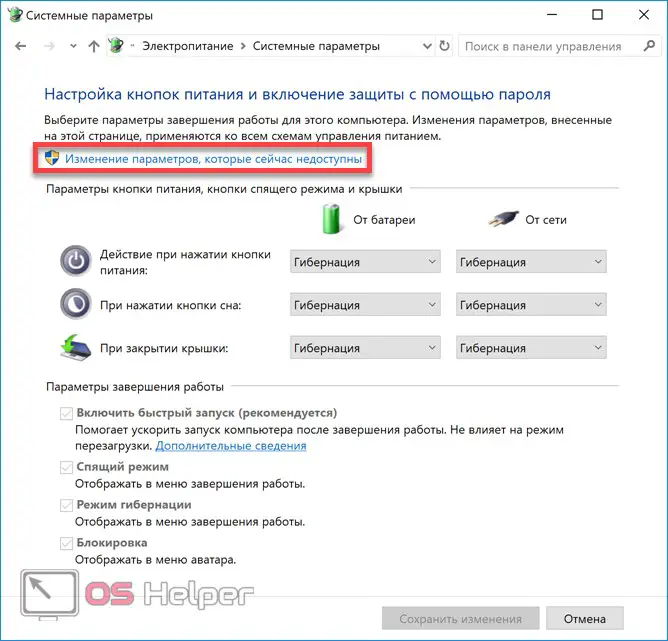
- Now that the control checkboxes are active, you can adjust the shutdown mode to your preferences. How to disable sleep mode in Windows 10 also becomes clear. Quick start, following the recommendations of Microsoft, is best left in the system. Thus, users who prefer to completely turn off the computer at the end of each session can immediately rid it of all types of sleep. Having selected the necessary shutdown options, we assign button actions and a reaction to closing the laptop lid, excluding the use of any sleep modes. We complete all actions by saving the changes.
Also Read: How to Format a Hard Drive in Windows 10
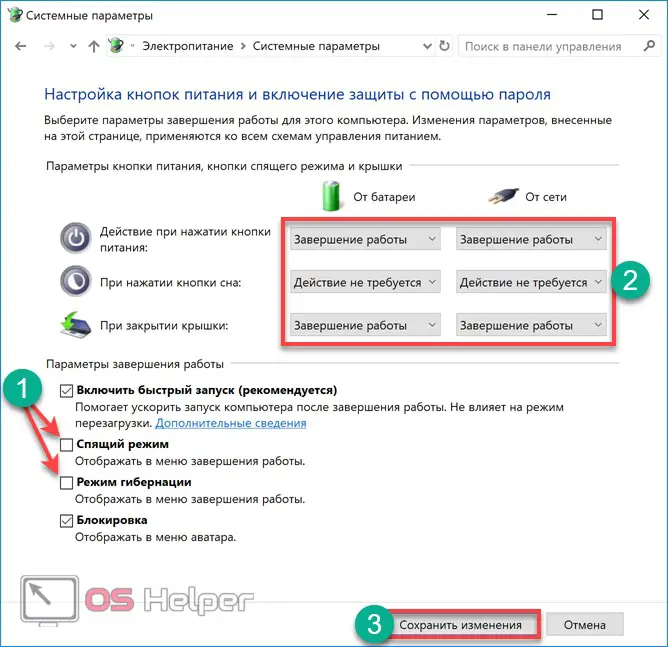
- After writing down the set parameters, the system will return us to the main power management page. To permanently prohibit the transition to sleep mode, open the last menu item in the quick transition zone.
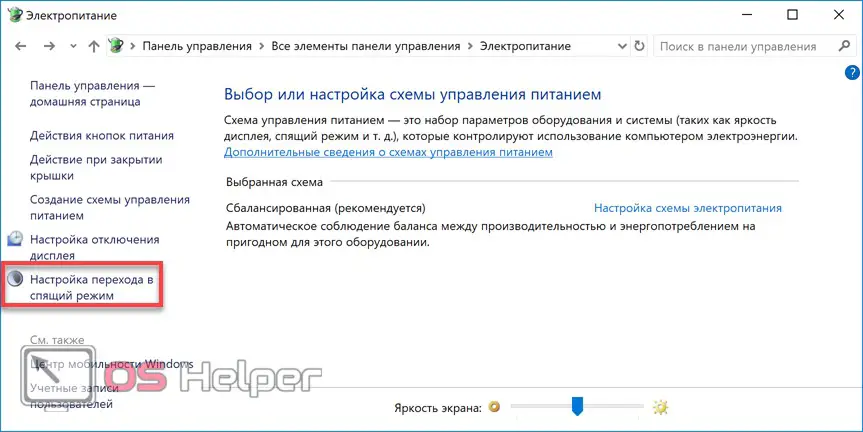
- We set the switches to the position that prohibits going to sleep, and save the last changes made.
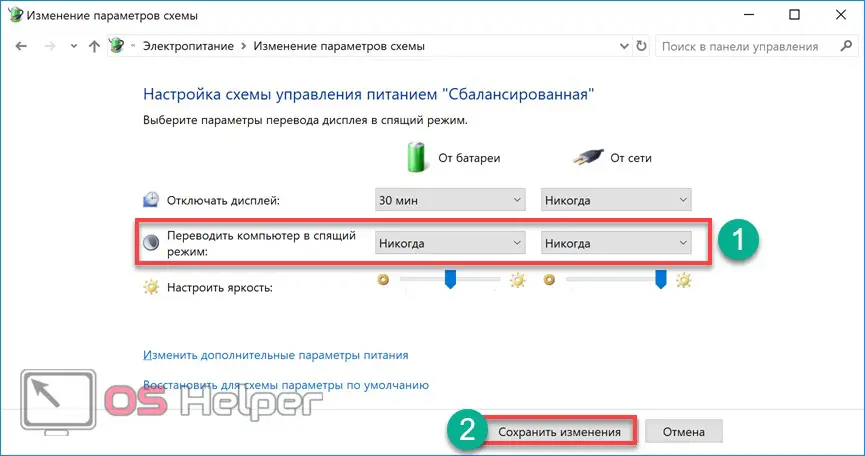
On this, the settings in the graphical mode can be considered complete.
We have achieved the desired result and the hibernation mode through the Start menu is no longer available.
Command line
A faster method involves using the command line. With its help, you can delete hiberfil.sys, and in the power options, cancel all settings related to the use of hibernation.
- We start PowerShell in administrator mode and enter the shutdown command. You can type it in full or abbreviated form, as shown in the screenshot:
[kod]powercfg /hibernate off[/kod]
[kod]powercfg -h off[/kod]

- The reverse actions aimed at returning the system to the ability to work with hibernation are performed in a similar way.

- A feature of this method is the concomitant disabling of the fast boot mode, which also requires hiberfil. To disable hibernation, but keep the ability to use it in the system, we optimize the size with the following command.

- Reverting the created changes allows you to return hiberfil to its original state and restore the “deep sleep” mode.

The screenshot shows data on its size when both commands are executed sequentially.
Registry editing
The most radical answer to the question of how to remove the hibernation file and prevent its use in the system is to edit the Windows registry. This "holy of holies" OS is present in x32 bit and x64 bit systems and contains all computer configuration parameters. Working with the registry, an experienced user can make any changes to the system. With the same success, wrong actions can lead to its complete inoperability.
So, let's see how to remove hiberfil.sys using the operating system registry.
- Call the Run menu by pressing [knopka]Win[/knopka]+ [knopka]R[/knopka]” and enter the command regedit .
Read also: How to uninstall Java from a Windows 10 computer
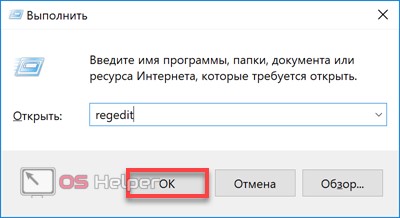
- The Registry Editor opens. On the left side are "bushes" containing information. We are interested in HKEY_ LOCAL_ MACHINE . All data about the computer and its configuration are collected in it.

- We sequentially open the "branches" of the registry, following the path: HKLM\ SYSTEM\ CurrentControlSet\ Control . We are looking for the Power subsection and, by clicking on it, open the contents in the right half of the window. The parameter we are interested in is called HibernateEnabled . It currently has a REG_DWORD value of "1" . This means that hibernation is enabled on the system.

- Double click to open the parameter for editing. In the "Value" field, enter "0" and confirm the changes made.

- Close the editor and restart your PC. As a result, the hibernation file disappears, and with it the ability to use the fast system startup.
At the final stage, we configure the actions of the system upon shutdown. To do this, we repeat the operations performed in the graphical interface, starting from the fourth step.
Finally
Having decided whether your computer needs hibernation, you can use any of the above methods to disable it completely or partially, while retaining the fast startup mode.
Video instruction
Also, you will find a training video that clearly shows how to disable hibernation in the top ten.